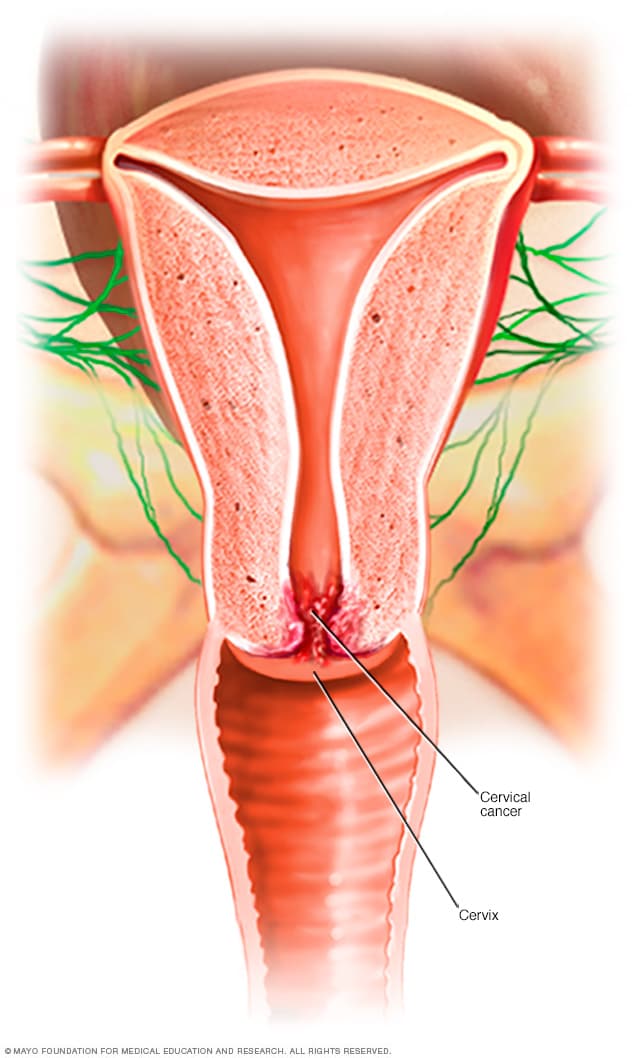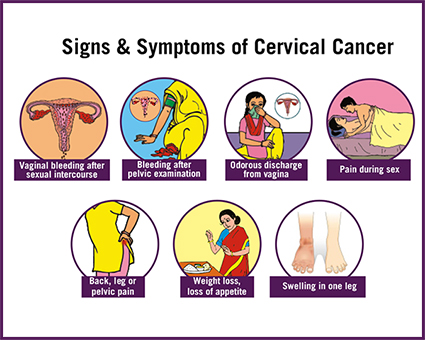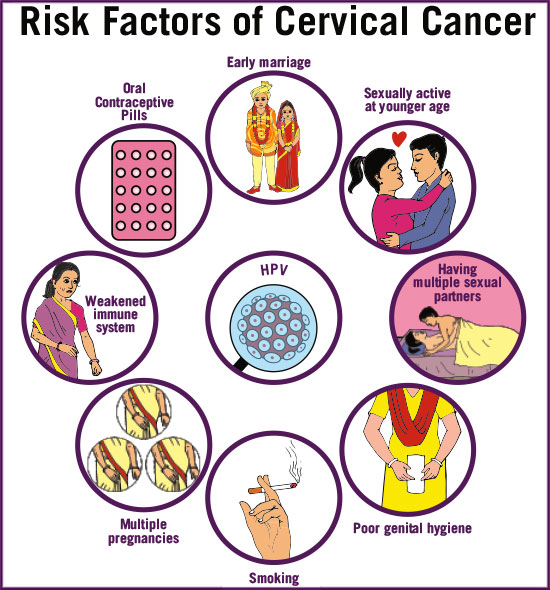Cervical Health Through the Lifespan: Expert Tips for Optimal Well-being
Introduction
In the realm of women's health, understanding and prioritizing cervical health is paramount. It accounts for a staggering rate of mortality in women belonging to reproductive age group. currently this has been deemed the second largest killer of women with nearly 1.24 lakh people getting affected annually and around 77 thousands succumbing to their disease. It is concerning as the society believes in hiding diseases of the genitalia and thus fall prey to the crippling condition, while seeking for medical help at the last moment
https://www.who.int/campaigns/cervical-cancer-elimination-day-of-action/2023What is Cervical Cancer?
Cervical cancer is a malignancy that arises in the cervix, the lowest portion of the uterus. This condition occurs as a result of infection with high-risk human papillomaviruses, specifically HPV 16 and HPV 18.
https://www.mayoclinic.org/-/media/kcms/gbs/patient-consumer/images/2013/08/26/10/45/ds00167_im04600_mcdc7_cervicalcancerthu_jpg.jpg
How do I know that I am suffering from the disease?
https://www.indiancancersociety.org/cervical-cancer/img/signs-symptoms-cervical-cancer-pic.jpgUndergoing a routine pap smear screening and receiving an HPV vaccine are effective measures in preventing cervical cancer.
In its initial stages, cervical cancer might not manifest noticeable symptoms. However, as the disease advances, individuals may experience warning signs such as uncommon vaginal bleeding—such as post-coital bleeding, bleeding between periods, or after menopause—watery or malodorous vaginal discharge, and pelvic pain, particularly during intercourse.
Additionally, an early indicator of cervical cancer includes the presence of ulcers and irregularities on the cervix upon examination. Regular screenings and vaccination play a crucial role in averting the development and progression of this form of cancer.
Cervical cancer is highly prevalent, with the World Health Organization (WHO) stating that almost all individuals engaging in sexual activity will likely encounter it at some juncture in their lives.
So what should we do to avoid it?
The Adolescent Years:
Establishing Healthy Habits
- Quit Smoking: “Smoking increases the body's exposure to dangerous carcinogens, which makes cervical cells more vulnerable,” Dr Deepika Aggarwal, Director - Obstetrics and Gynaecology, CK Birla Hospital, Gurugram told IndiaToday.In.
- Regular Exercises: Dr Deepika Aggarwal said, “It's critical to keep a healthy weight because obesity has been associated with a higher risk of cervical cancer. Obesity can cause persistent inflammation, upset the balance of hormones, and foster abnormal cell growth.”
- Personal Hygiene: Maintaining optimal personal hygiene is crucial for preventing cervical cancer. Key practices include regular intimate hygiene with mild, unscented soap, appropriate toilet hygiene by wiping front to back, and using clean personal items to avoid infection transmission.
https://www.indiancancersociety.org/cervical-cancer/img/pic-risk-factors-of-cervical-cancer.jpg
Vaccination: Shielding Against Future Risks
The Health Ministry in India is yet to make a decision on initiating a vaccination campaign against the human papillomavirus (HPV), despite reports suggesting a rollout in the second quarter of this year. The National Technical Advisory Group for Immunisation (NTAGI) recommends HPV vaccination for adolescent girls aged nine to 14. The ministry, after evaluating evidence on cervical cancer and the efficacy of a single dose of the HPV vaccine, plans to include it in the government's universal immunization program. The World Health Organization asserts the vaccine's high effectiveness in preventing HPV types 16 and 18, which cause 70% of cervical cancer cases.
Reproductive Years
- Regular Screening:
The Ministry of Health and Family Welfare of India recommended cervical cancer screening using visual inspection with acetic acid every 5 years for women aged 30–65 years (per World Health Organization [WHO] guidelines).
2. Sexual partners:
While it is widely recognized that having multiple sexual partners increases the risk of contracting human papillomavirus (HPV), a primary contributor to cervical cancer, uncertainty surrounds whether the sheer quantity of sexual partners independently influences the development of cervical cancer. Researches revealed a non-linear relationship between the number of sexual partners and both non-malignant cervical disease and invasive cervical carcinoma. The findings suggest that having multiple sexual partners, regardless of HPV infection, poses a potential risk factor for cervical cancer.
Menopausal Transition:
Continued Vigilance: Postmenopausal Care
Regular check-ups, including pelvic examinations and screenings, become essential tools for early detection of any potential issues. Embracing a healthy lifestyle further enhances overall well-being, encompassing aspects like maintaining a balanced diet, engaging in regular physical activity, and avoiding harmful habits. This comprehensive approach not only mitigates potential risks associated with postmenopausal cervical health but also empowers women to actively manage their overall health during this phase of life.






Comments
Post a Comment